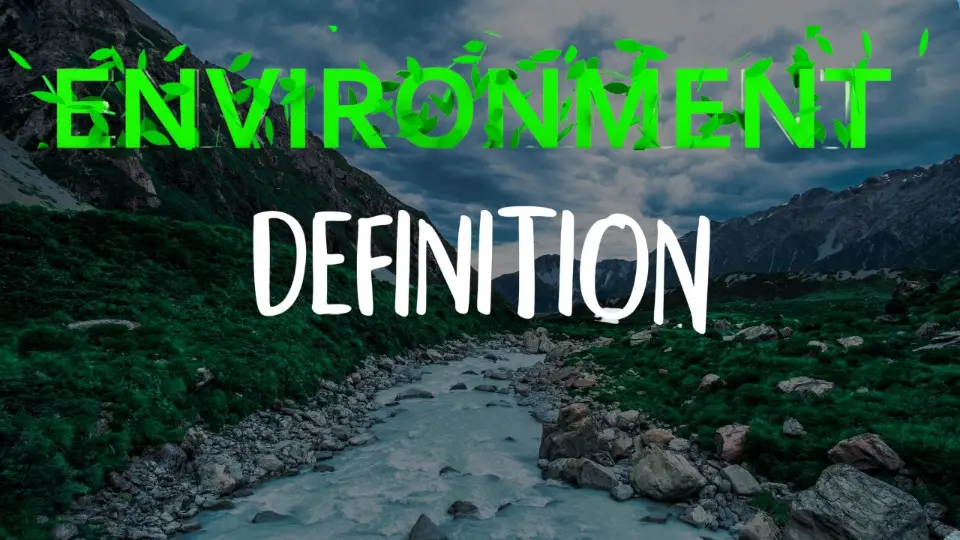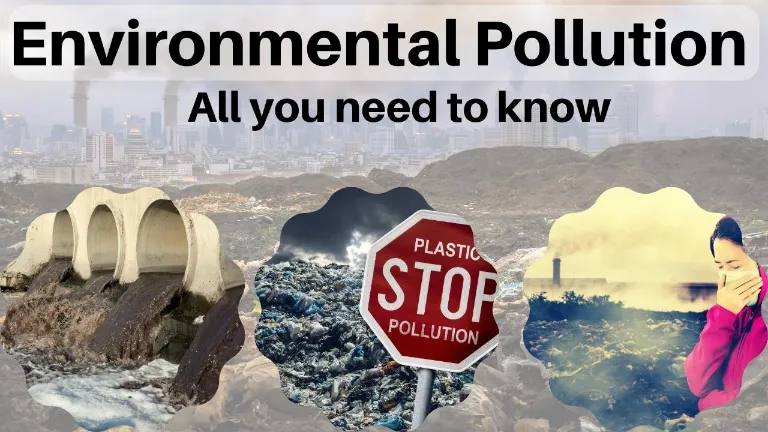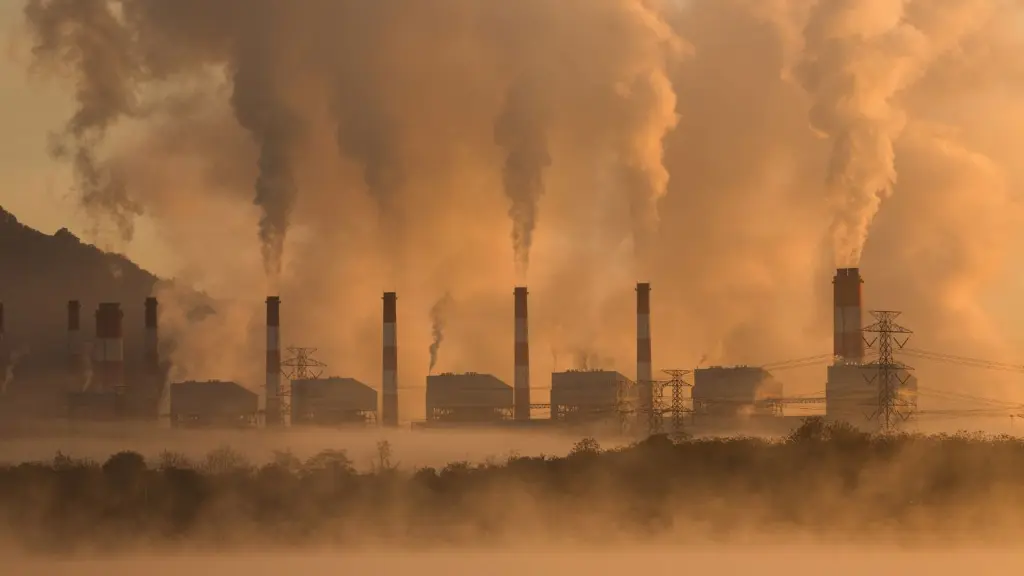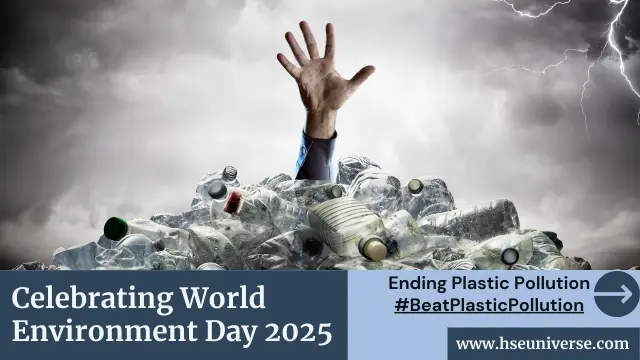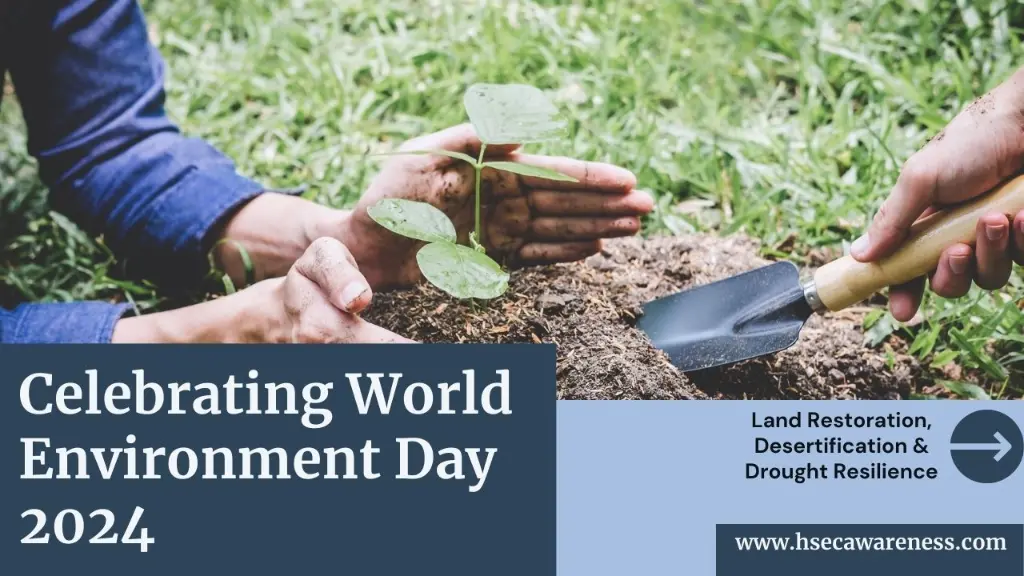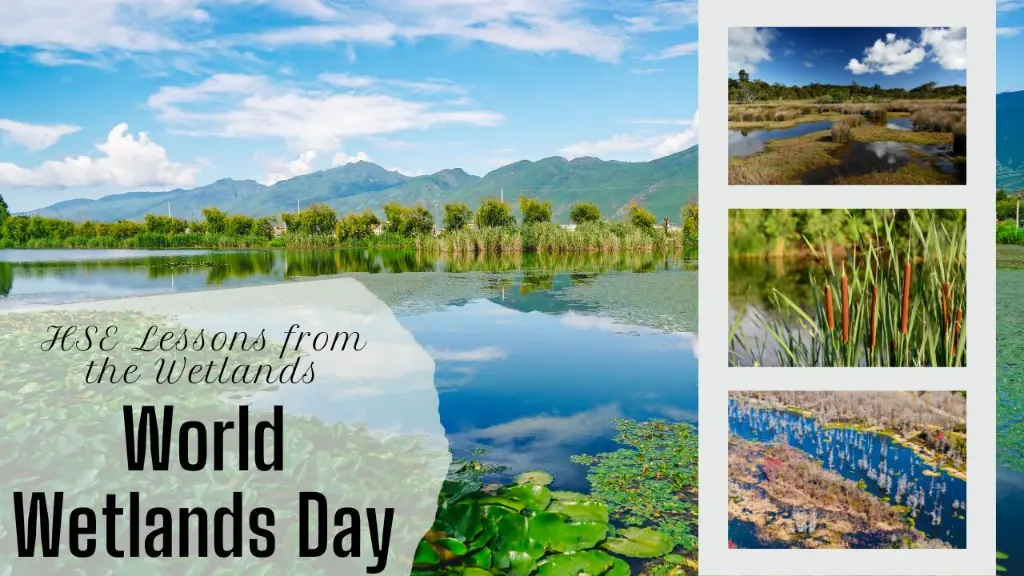Discover the A-Z guide of environmental terms and definitions on HSEC Awareness. This blog post offers clear and concise explanations of key environmental concepts used in management and daily practices. Perfect for professionals, students, and anyone keen on sustainability.
Table of Contents
ToggleEnvironmental Terms and Definitions: Your A-Z Guide
Welcome to the A-Z Guide of Environmental Terms and Definitions on HSEC Awareness. This comprehensive blog post is designed to help you understand various terms and definitions commonly used in Environmental Management and everyday work.
Whether you’re an environmental professional, a student, or someone interested in learning more about sustainability, this guide will provide you with clear and concise explanations of key environmental concepts.
Why Knowing Environmental Terms and Definitions is Important?
Understanding the language of environmental management is essential for several reasons:
Effective Communication: Clear and precise communication is key in any field. Knowing the correct terms helps ensure that everyone involved in environmental management is on the same page.
Compliance: Many environmental regulations and standards require a solid understanding of specific terms and concepts. Being familiar with these can help in maintaining compliance and avoiding legal issues.
Implementation: Proper implementation of environmental practices relies on understanding the underlying principles and terms. This knowledge enables better planning and execution of sustainability initiatives.
Awareness and Education: For those new to the field, learning these terms can provide a solid foundation. For professionals, it ensures continued education and staying updated with industry standards.
Now, let’s dive into the A-Z of environmental terms and definitions.
A-Z Guide of Environmental Terms and Definitions:
"A"
Acid Rain refers to precipitation (rain, snow, sleet, or hail) that contains high levels of pollutants such as sulfuric or nitric acids. It forms when pollutants like sulfur dioxide (SO₂) and nitrogen oxides (NOₓ) are released into the atmosphere from burning fossil fuels and industrial processes, then combine with water vapor. It can have harmful effects on ecosystems, vegetation, and infrastructure.
Acidification: The process of becoming more acidic, often referring to bodies of water or soil due to increased levels of acid rain or other pollutants.
Adaptive Management is a systematic approach to managing natural resources that involves learning from the outcomes of implemented management strategies and making adjustments based on new information.
Afforestation is the process of planting trees in an area that has not previously been forested. This practice helps in carbon sequestration and biodiversity enhancement.
Air Pollution refers to the presence of harmful substances in the atmosphere, which can affect human health and the environment. Common pollutants include particulate matter, carbon monoxide and sulfur dioxide.
Air Pollutant means any solid, liquid or gaseous substance (including noise) present in the atmosphere in such concentration as may be or tend to be injurious to human beings or other living creatures or plants or property or environment.
Air Pollution Control: Strategies, technologies, and policies implemented to reduce or eliminate the release of pollutants into the air, aiming to improve air quality and protect public health.
Air Quality Index (AQI): A measurement that indicates the level of air pollution in a specific area, often based on the concentration of pollutants such as particulate matter (PM2.5), nitrogen dioxide (NO2), and ozone (O3).
Alternative energy: Energy derived from sources other than fossil fuels, such as solar, wind, hydroelectric, geothermal, and biomass, which offer cleaner and more sustainable options for power generation.
Anaerobic Digestion is a biological process that breaks down organic matter in the absence of oxygen, producing biogas (methane) and digestate, which can be used as fertilizer.
Aquatic Ecosystem: A community of plants and animals that live in water, such as rivers, lakes, and oceans. Example: What is the importance of protecting aquatic ecosystems?
Aquifer: An aquifer is an underground layer of water-bearing rock or sediment that can store and transmit groundwater. Aquifers are a crucial source of fresh water for drinking, irrigation, and industrial use.
Atmospheric Deposition refers to the transfer of pollutants from the atmosphere to the Earth’s surface, including both wet deposition (rain, snow) and dry deposition (dust, gases).
"B"
Bioaccumulation: The gradual buildup of pollutants or toxins in the tissues of organisms as they consume contaminated food or water.
Biodegradable: Materials or substances that can be broken down and decomposed by natural processes, such as bacteria and other microorganisms, into simpler, harmless compounds over time, reducing environmental impact and waste accumulation.
Biodiversity: The variety of different species of plants, animals, and microorganisms that exist in a particular ecosystem or on Earth as a whole.
Biodiversity Conservation: The efforts and measures taken to protect and preserve the variety of plant and animal species in their natural habitats, aiming to maintain ecological balance and prevent species extinction.
Biodiversity Hotspot: A region with exceptionally high levels of biodiversity, containing a significant number of endemic species and facing threats such as habitat loss and climate change.
Disclaimer: The definitions and explanations provided in this blog post are intended for general knowledge and informational purposes only. While we strive to ensure the accuracy and relevance of the content, it is important to note that environmental terms and practices may vary based on specific work setups, locations, and regulatory requirements. Before applying any of the information presented here to your particular situation, please verify the details with a competent person or subject matter expert. We are not responsible for any discrepancies or issues that may arise from the use of this information without proper consultation.
These posts will be updated regularly to add more terms and definitions, providing a valuable resource for anyone looking to deepen their understanding of environmental terminology and concepts. Stay tuned for more!
Click the link to read more topics on the Environment topics.
